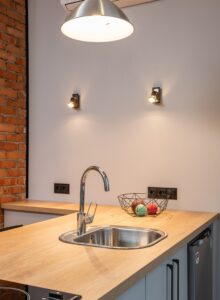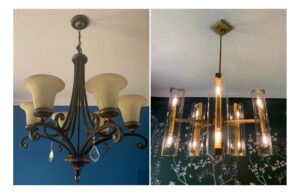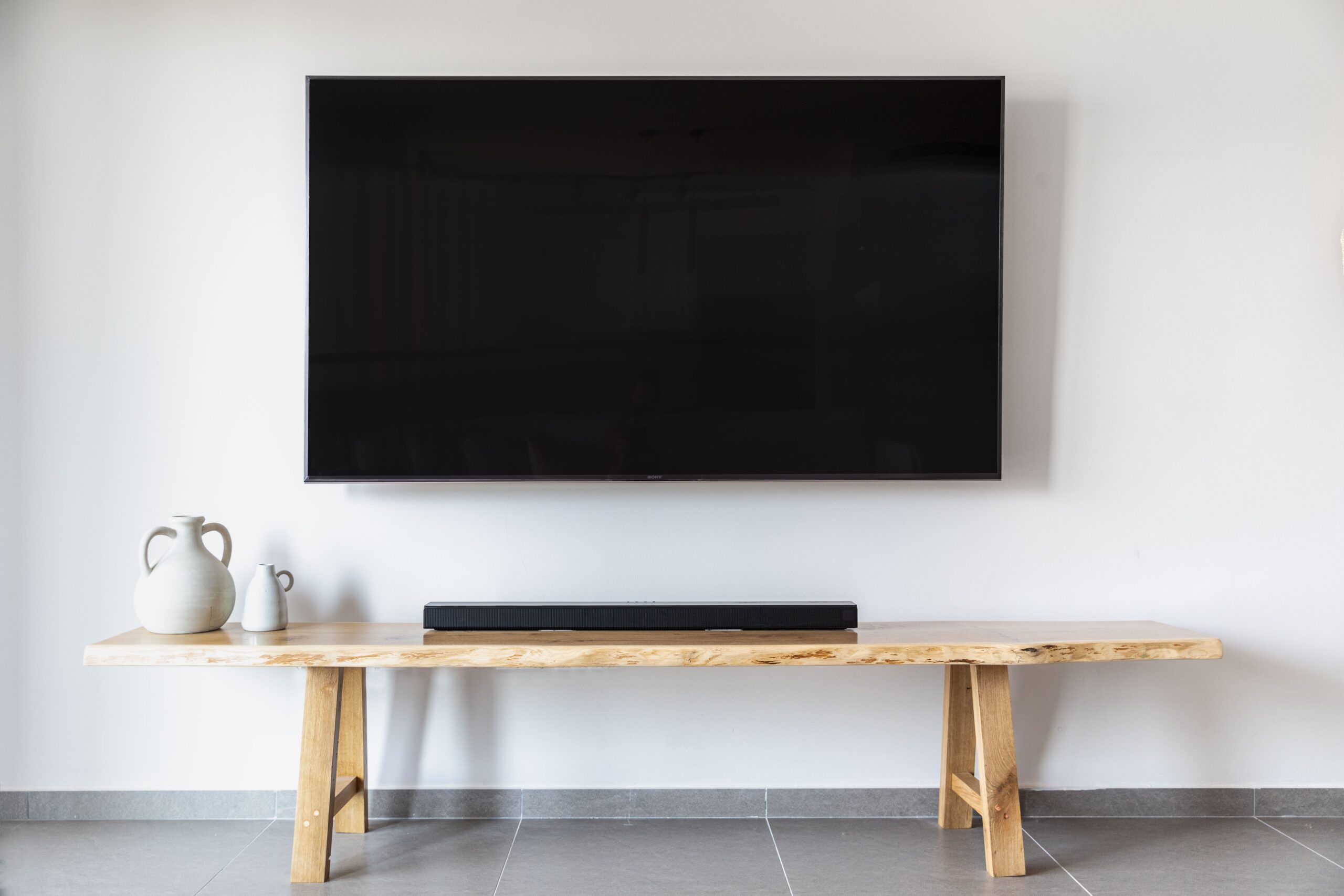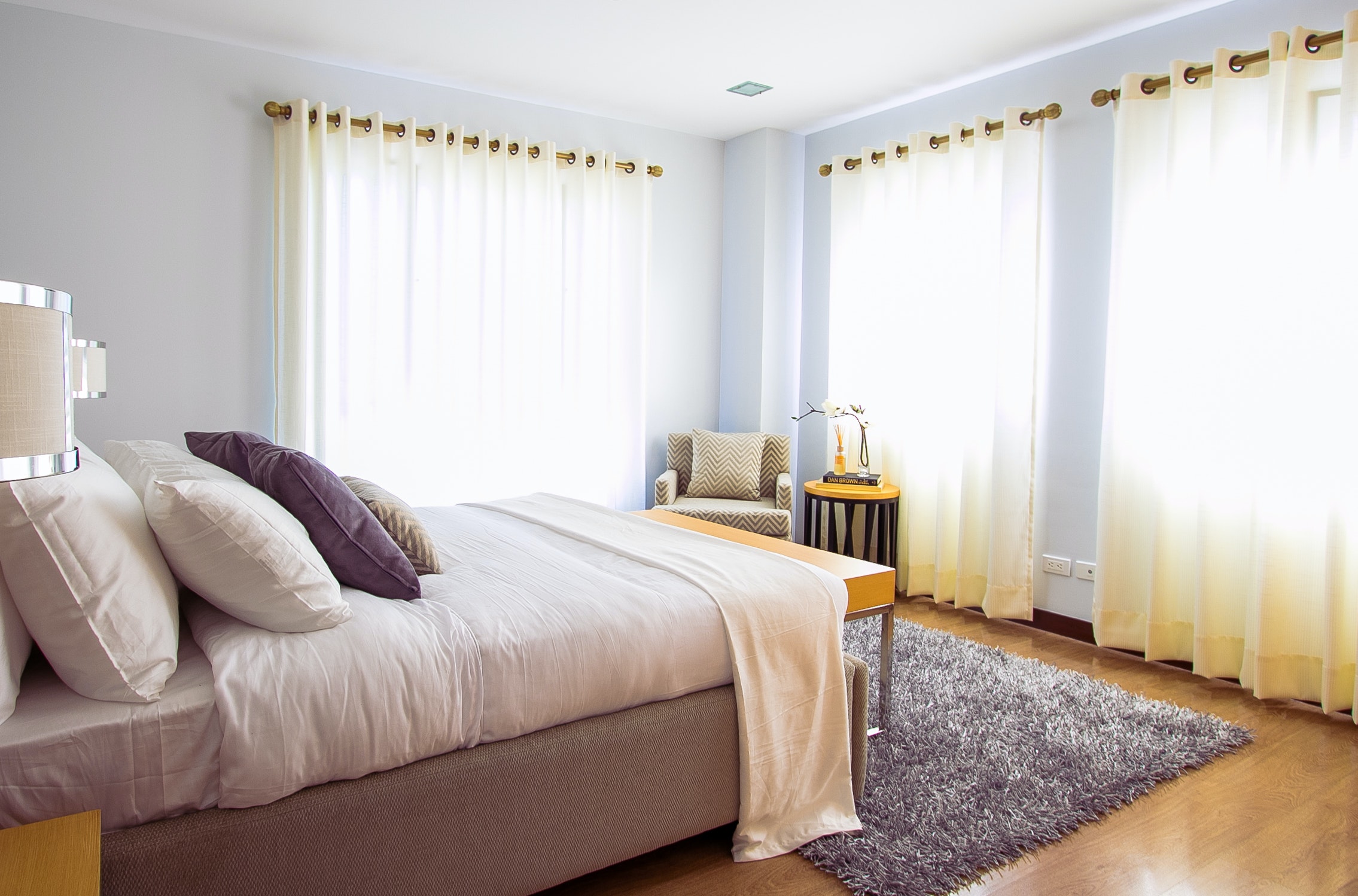10 DIY Home Improvement Projects You Can Tackle This Weekend
Introduction
Are you tired of paying high prices for home repairs and improvements? Look no further! In this blog post, we’ll share some easy DIY home improvement projects that you can complete on your own. Not only will you save money by doing these projects yourself, but you’ll also increase the value of your home. No need to hire expensive contractors, all you need is a little bit of time and some basic tools. So grab your toolbox and let’s get started! Don’t forget to share your success stories with us and schedule your next home improvement project with Diego Does It.
Project 1: Installing a new light fixture
Installing a new light fixture is a great way to add some style to your home while also improving functionality. But with so many options available, it can be overwhelming to choose the right one. When selecting a new light fixture, consider the style and design of your home, as well as the purpose of the room where the fixture will be installed. A new light fixture can completely change the ambiance of a room, making it feel brighter and more spacious. Additionally, replacing an outdated or inefficient fixture with a new one can also improve energy efficiency and save money on your electricity bill. If you’re feeling up to the task, installing a new light fixture can be a simple DIY project that can be completed in just a few hours with the right tools and instructions. For more info click here
Project 2: Paint a room
Painting a room is one of the most cost-effective ways to give your home a fresh new look. Whether you’re looking to brighten up a dull space or add a splash of color, painting can make a big impact. Before you start, it’s important to choose the right color and type of paint. Consider the room’s purpose and the mood you want to create. For example, soft and neutral colors are ideal for bedrooms, while bright and bold colors work well in living rooms or playrooms. When painting, be sure to properly prepare the surfaces by cleaning, sanding, and priming as needed. Use painter’s tape to protect baseboards and trim, and use a high-quality brush and roller for a smooth finish. Don’t forget to open windows and use fans to help with ventilation, and be sure to give the paint ample time to dry between coats. With a little bit of effort, painting a room can be a fun and rewarding DIY project for any homeowner. For more info click here
Project 3: Installing a programmable thermostat
If you’re looking to reduce your energy bills and make your home more comfortable, installing a programmable thermostat is a great way to achieve that. With a programmable thermostat, you can set the temperature to automatically adjust based on your schedule and preferences, without having to constantly adjust it manually. This not only makes your home more comfortable but also reduces your energy usage, saving you money in the long run. To get started, consider your current thermostat and ensure that the new one you choose is compatible with your HVAC system. Then, follow the manufacturer’s instructions for installation or hire a professional handyman like Diego Does It to ensure proper installation. Once installed, you can program your thermostat to adjust the temperature based on your desired schedule and preferences. Overall, installing a programmable thermostat is a simple and effective way to improve your home’s energy efficiency and comfort. For more info click here
Project 4: Replacing Cabinet Hardware
Replacing cabinet hardware is a simple and inexpensive way to give your kitchen or bathroom a fresh new look. You can choose from a wide range of styles and finishes to match your decor, and it only takes a few minutes to install each piece.
Start by measuring the distance between the screw holes on your old hardware so you can choose new knobs or pulls that fit perfectly. Then, remove the old hardware by unscrewing it from the cabinet doors or drawers. If the new hardware has a different hole placement, use a putty knife to fill the old holes with wood filler and let it dry completely. Once it’s dry, sand it smooth and drill new holes in the correct location. Finally, attach the new hardware by inserting the screws and tightening them with a screwdriver.
Voila! Your cabinets have a fresh new look. And the best part is, this simple update won’t break the bank.
Project 5: Installing a New Faucet
Installing a new faucet can be a simple and cost-effective way to give your kitchen or bathroom a fresh look. Start by turning off the water supply valves under the sink and disconnecting the old faucet. Next, insert the gasket and mounting plate onto the new faucet and lower it into the sink. Tighten the mounting nut with a basin wrench, and then connect the water supply lines to the faucet. Finally, turn on the water supply and test the new faucet for any leaks. With a little bit of patience and attention to detail, you can successfully install a new faucet on your own and improve the functionality and appearance of your kitchen or bathroom.
Project 6: Weatherstripping doors and windows
Weatherstripping doors and windows is an easy and affordable way to improve energy efficiency in your home. It involves sealing gaps and cracks around doors and windows to prevent drafts and keep cool or warm air inside. This DIY project can save you money on your energy bills and make your home more comfortable year-round. To weatherstrip your doors and windows, first, identify any gaps or cracks. Then, choose the appropriate weatherstripping material based on the size and location of the gaps. Install the weatherstripping according to the manufacturer’s instructions, making sure it is snugly in place. Finally, test the doors and windows to ensure that they close and seal properly. With just a few simple steps, you can make a big difference in your home’s energy efficiency and comfort level.
Project 7: Refinishing kitchen cabinets
Refinishing your kitchen cabinets is a cost-effective way to give your kitchen a brand-new look without having to replace the entire cabinets. Whether you want to change the color of your cabinets or just want to give them a fresh new coat of paint, refinishing them is a DIY project that can be completed in a weekend.
The first step is to remove all cabinet doors, drawers, and hardware. Then, thoroughly clean the surfaces to remove any dirt or grease. Next, sand the surfaces lightly to create a smooth surface for the new finish. If you want to change the color of your cabinets, apply a coat of primer before painting.
Once you’ve applied the primer, you can start painting. Use a paint sprayer for a smooth, professional finish, or use a paint roller and brush if you don’t have access to a sprayer. Allow the paint to dry completely between coats, and apply a minimum of two coats for best results.
After the paint is dry, you can reattach the cabinet doors and drawers and install new hardware for a finished look. Refinishing your kitchen cabinets is a simple and affordable way to give your kitchen a fresh new look that you can enjoy for years to come.
Project 8: Installing a ceiling fan
Installing a new ceiling fan may seem intimidating, but with a little know-how, it can be a manageable DIY project. First, you will need to choose the right type and size of ceiling fan for the room. Look for a fan that is appropriately sized for the space, with enough blade span and the correct hanging height. Next, turn off the power to the existing ceiling fixture and remove it. If there is no existing fixture, you may need to hire an electrician to run the new wiring. Then, attach the mounting bracket to the electrical box and assemble the fan according to the manufacturer’s instructions. It’s important to follow the instructions carefully to ensure the fan is assembled correctly. Finally, attach the fan blades and turn the power back on to test the fan’s operation. If you don’t feel comfortable with any of these steps, don’t hesitate to contact a professional handyman like Diego Does It. They can help with the installation and ensure your new ceiling fan is properly installed and functioning safely.
Project 9: Building a simple bookshelf
Building a bookshelf is another DIY home improvement project that can be tackled over the weekend. Not only will it provide a stylish storage solution for books and other items, but it can also be customized to fit the specific dimensions and style of a room. Before starting, it’s important to gather all necessary materials and
Project 10: Creating a gallery wall
Creating a gallery wall is a fun and creative way to showcase your favorite art pieces, photographs, and other decorative items. It can transform a boring and blank wall into a visually stunning display that reflects your unique style and personality. To create a gallery wall, start by selecting a theme or color scheme that ties everything together. It can be based on a particular artwork, color or pattern, or simply a common style.
Next, gather all the items that you want to display on the gallery wall. These could be art prints, photographs, posters, or even unique items such as hats or vintage signs. Arrange them on the floor first to get an idea of how you want them to be displayed. Play around with the arrangement until you find a design that works for you.
Once you have your layout finalized, start hanging the items on the wall. Use a level and measuring tape to ensure everything is straight and properly spaced. You can use nails, screws, or adhesive hooks depending on the weight of the items and the type of wall surface.
Remember, creating a gallery wall is all about experimenting and having fun. Don’t be afraid to mix and match different styles and sizes of art pieces to create a truly unique and personalized display. And if you ever need any assistance, feel free to contact Diego Does It for professional help in creating the perfect gallery wall for your home or office.
Benefits of DIY Home Improvement
Discuss the benefits of completing home improvement projects on your own, such as saving money and learning new skills.
Emphasize how DIY projects can be a fun and fulfilling way to improve your home.
DIY home improvement projects offer numerous benefits beyond just the satisfaction of a job well done. One of the most significant advantages is cost savings. By doing the work yourself, you can save money on labor costs and avoid the markup on materials that contractors charge. Additionally, taking on a DIY project is a great way to learn new skills and expand your knowledge of home repair and maintenance.
But DIY projects aren’t just practical – they can also be enjoyable and fulfilling. There’s a sense of pride and accomplishment that comes with completing a project with your own two hands and seeing the transformation of your home can be truly gratifying. Whether it’s adding a fresh coat of paint or installing a new light fixture, each project gives you the opportunity to make your home uniquely your own.
Overall, tackling DIY home improvement projects is a smart way to save money, learn new skills, and create a home that you love. So don’t be afraid to roll up your sleeves and get to work – the rewards are well worth the effort.
Conclusion
In conclusion, completing DIY home improvement projects can provide numerous benefits for homeowners. It can save money, allow for creativity, and provide a sense of accomplishment. We encourage readers to try one or more of the easy projects outlined in this post, and to consider scheduling an appointment with Diego Does It for larger or more complicated projects. Don’t be afraid to tackle home improvement projects on your own and discover the joys of DIY.



 Introduction
Introduction


